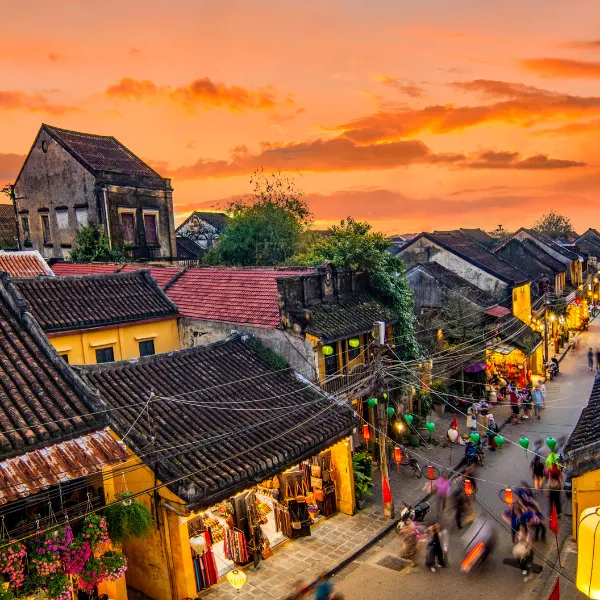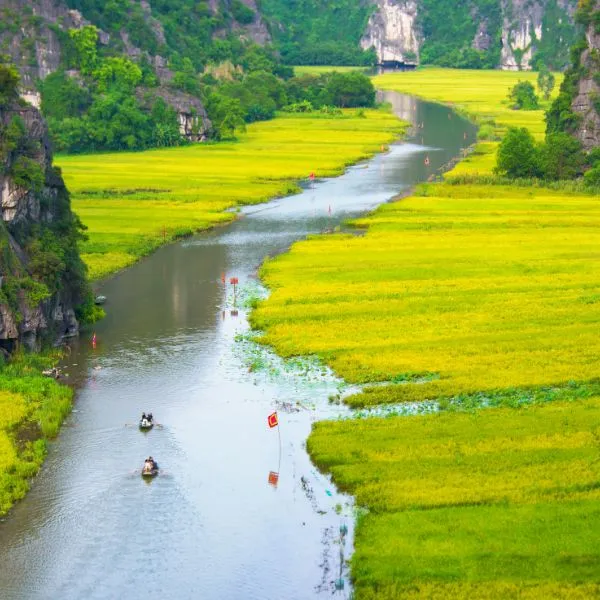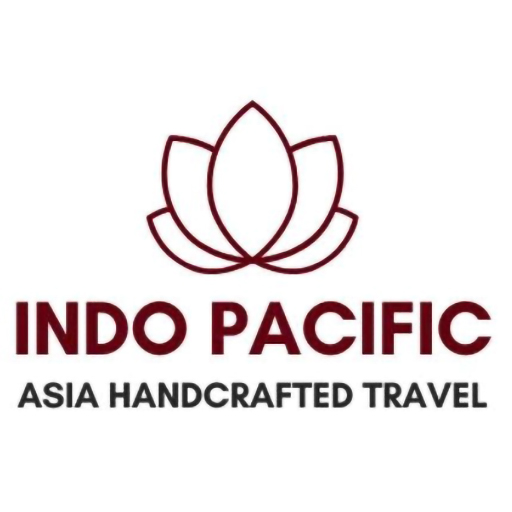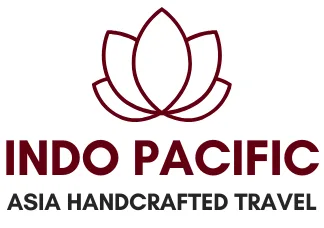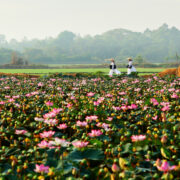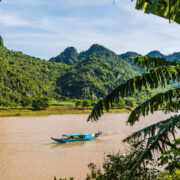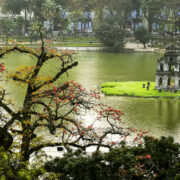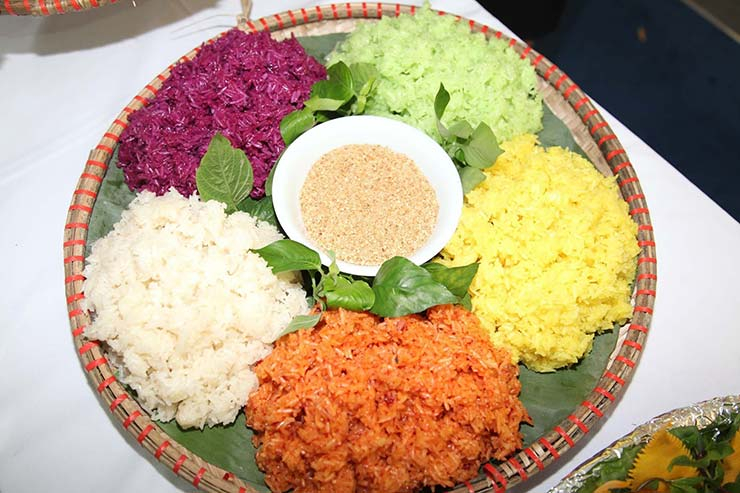
What to Eat in Yen Bai: A Culinary Journey Through Northern Vietnam’s Highlands
Vietnam’s northern highlands are a treasure trove of natural beauty, culture, and culinary wonders — and Yen Bai is a shining example of all three. Located in the heart of the Northwest, this mountainous province is known for its spectacular landscapes like Mu Cang Chai rice terraces, Khau Pha Pass, and Suoi Giang ancient tea forest. But beyond the picture-perfect scenery, Yen Bai also offers travelers something equally memorable: its unique, authentic, and delicious local cuisine.
From smoky buffalo meat to colorful sticky rice and even dishes made from stream moss and ant eggs, Yen Bai’s food culture reflects its ethnic diversity, traditional practices, and deep connection to the land. Whether you’re a food lover, a cultural explorer, or simply hungry for something new, here’s a guide to what to eat in Yen Bai that will awaken your taste buds and enrich your travel experience.
1. Buffalo Meat Smoked Over Kitchen Fire (Thịt trâu hun khói)
article content
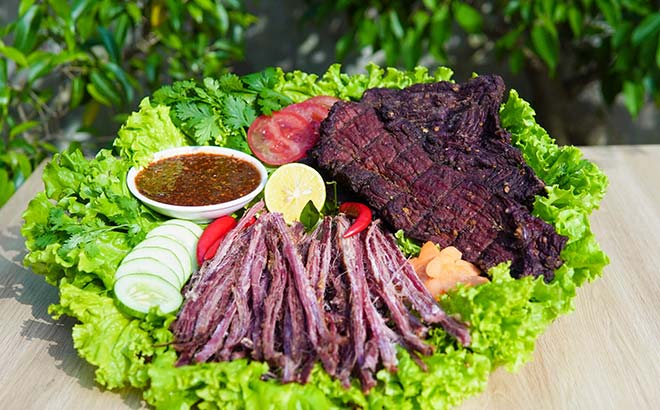
If there’s one dish that defines Yen Bai cuisine, it’s smoked buffalo meat. A specialty of the Black Thai ethnic group in Nghia Lo, this delicacy features strips of lean buffalo meat marinated with ginger, chili, garlic, and mắc khén – a fragrant forest pepper found in the Northwest.
The meat is then carefully smoked over wood fire, giving it a chewy texture and rich, smoky aroma. It’s often shredded by hand and enjoyed as a snack or paired with sticky rice and a glass of rice wine, especially in winter.
Why try it? It’s not just food – it’s heritage preserved in flavor and smoke.
2. Colorful Glutinous Rice Symbolizing Nature’s Balance
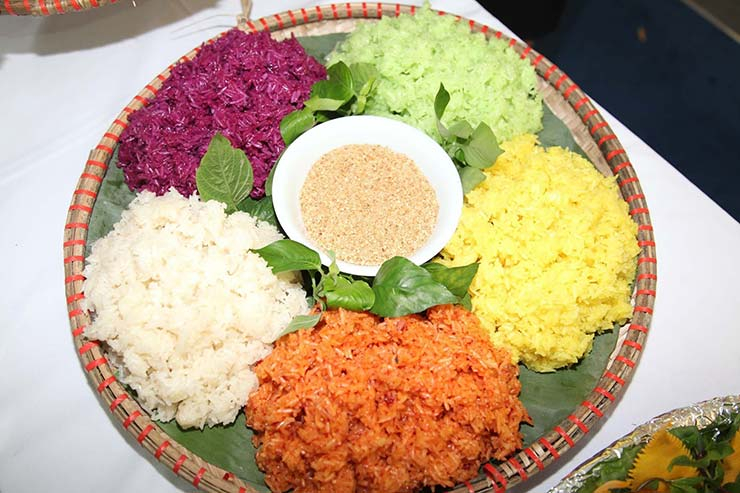
A feast for both the eyes and palate, five-color sticky rice is a staple during festivals and special occasions. Made from Tu Le sticky rice, which is famous for its soft, chewy texture and delicate fragrance, the dish features five natural colors representing the five elements: earth, fire, water, wood, and metal.
The colors are extracted from plants and herbs, making this not only a beautiful dish but also a healthy one. Each bite offers a mild sweetness and soft chew that pairs wonderfully with grilled meats or sesame salt.
Fun fact: This dish reflects the beliefs and harmony between humans and nature in ethnic culture.
3. Bamboo Shoots Rolled with Pork (Măng cuộn thịt)
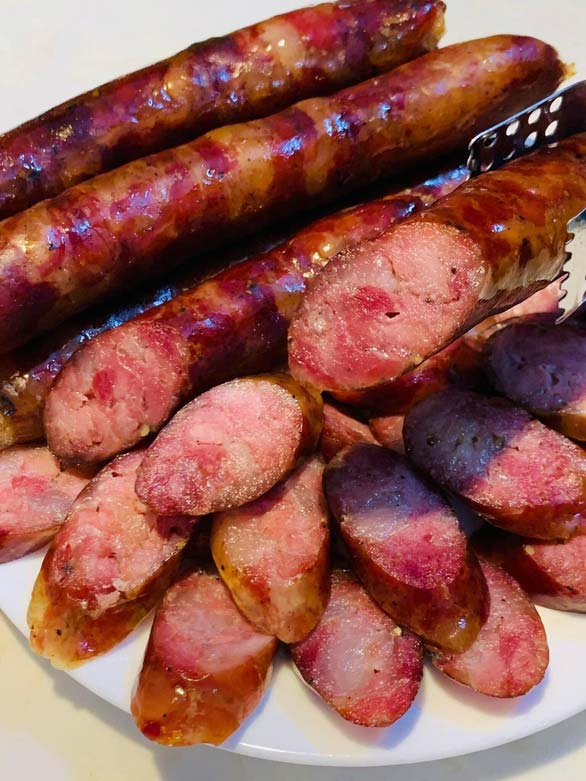
Bamboo shoots are abundant in Yen Bai’s forests, especially in late winter and early spring. Locals collect young shoots, boil them for hours until tender, and then use them to roll a mixture of minced pork belly, egg, and chopped laksa leaves.
These rolls are then steamed or braised, resulting in a dish that is rich, juicy, and slightly crunchy. It’s a humble but flavorful part of many family meals in the highlands.
Local tip: Ask for the version lined with pork skin for extra richness.
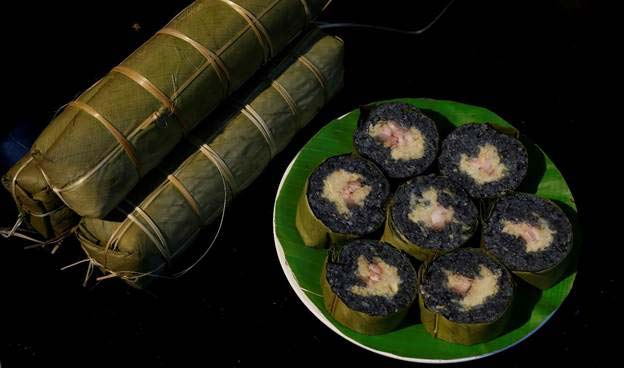
4. Sticky Rice Topped with Creamy Ant Eggs
This may sound adventurous, but it’s a beloved dish among Tay and Thai communities in Mu Cang Chai. During ant egg season, locals collect the tiny white eggs, sauté them with shallots and spices, then serve them over freshly steamed sticky rice.
The result is a unique combination of nutty, creamy ant eggs and aromatic glutinous rice. It might surprise first-timers, but it’s considered a delicacy and symbol of local ingenuity.
Dare to try it? Sometimes, the most unusual flavors leave the most unforgettable impressions.
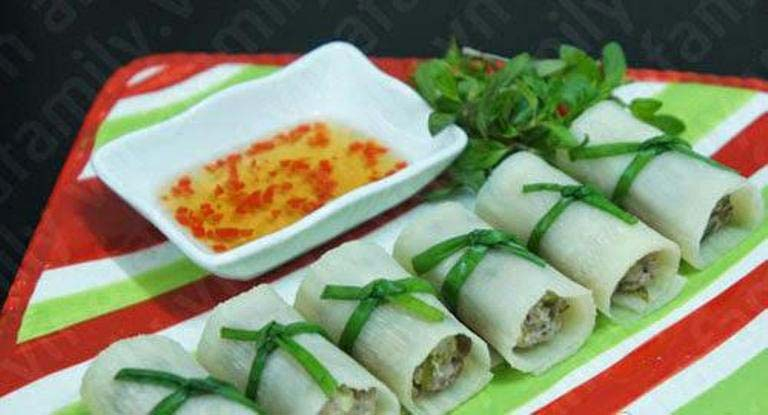
5. Suoi Giang Snow Tea (Trà tuyết Suối Giàng)
At an altitude of over 1,000 meters, Suoi Giang is home to ancient tea trees aged from 100 to over 400 years. The leaves are thick and covered in fine white fuzz — hence the name “snow tea.” This rare variety produces a rich, slightly bitter brew with floral undertones and a clear yellow-green hue.
Tea from Suoi Giang is not only a local pride but also a must-buy souvenir for tea lovers.
Best enjoyed: Slowly sipped while gazing at the misty mountains of Yen Bai.
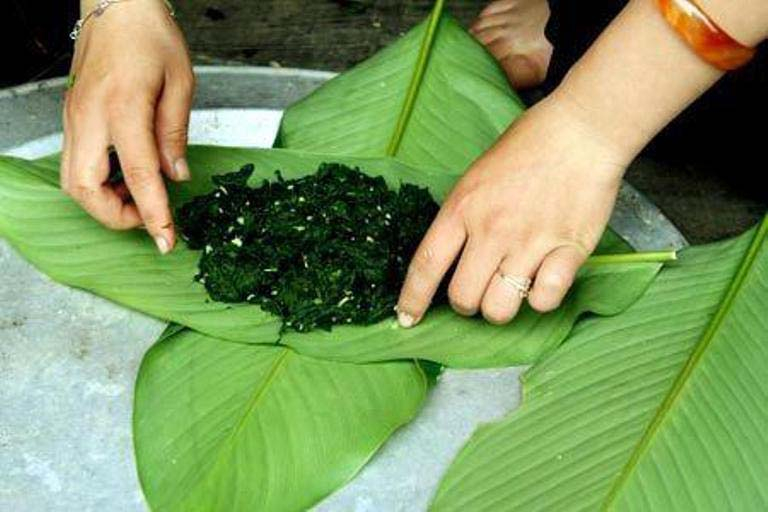
Final Thoughts: Eat Your Way Through Yen Bai
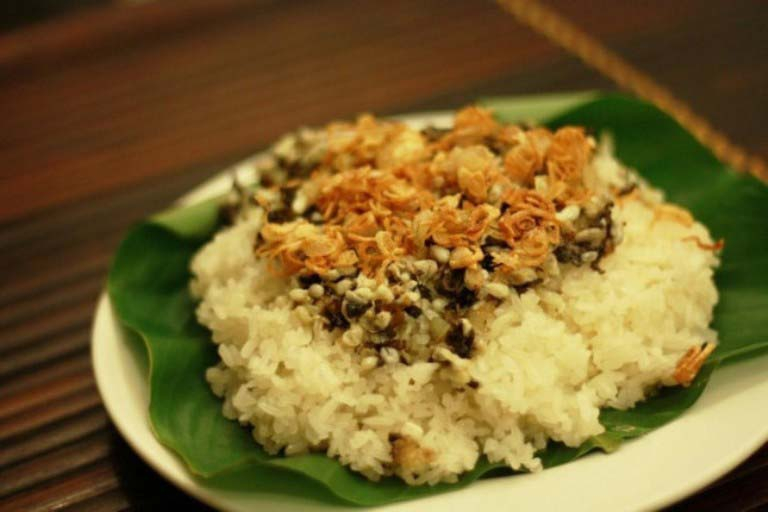
Yen Bai’s cuisine is not about luxury or refinement — it’s about authenticity, tradition, and a deep-rooted connection to the land. Every ingredient, from the sticky rice fields of Tu Le to the mountain herbs in Suoi Giang, tells a story of resilience and cultural pride.
So if you’re planning a trip to Northern Vietnam, don’t just admire the scenery — taste it. Try something new, embrace the unexpected, and let the flavors of Yen Bai become part of your journey.
Sometimes, the most unexpected dishes become the most unforgettable. With Indo-Pacific Travel, you’re not just exploring – you’re experiencing Vietnam through every flavor.
Recent Posts
Dong Thap Lotus – Discover the Land of the Pink Lotus in Vietnam 🌸
Phong Nha Travel – The Ultimate Vietnam Adventure Guide
A Swiss Couple’s Vietnam Travel Journey – 15 Days of Culture, Cuisine, and Natural Wonders
All Categories
- CaMau (1)
- DaLat (1)
- DaNang (3)
- Explore Vietnam (61)
- Food & Drink (20)
- food tour VietNam (3)
- GiaLai (1)
- HaGiang (4)
- HaiPhong (2)
- Halal Dining in Vietnam (2)
- HaLong Bay (3)
- Hanoi (7)
- Ho CHi Minh City (1)
- HoiAn (1)
- hue (2)
- LamDong (1)
- Nam du Island (1)
- NinhBinh (1)
- PhuQuoc (1)
- Travel Tips & Guides (2)
- Uncategorized (1)
- Vietnam (1)
- Vietnam Culture & Lifestyle (3)
- Vietnam Travel Planning (4)
- YenBai (1)
Tags
